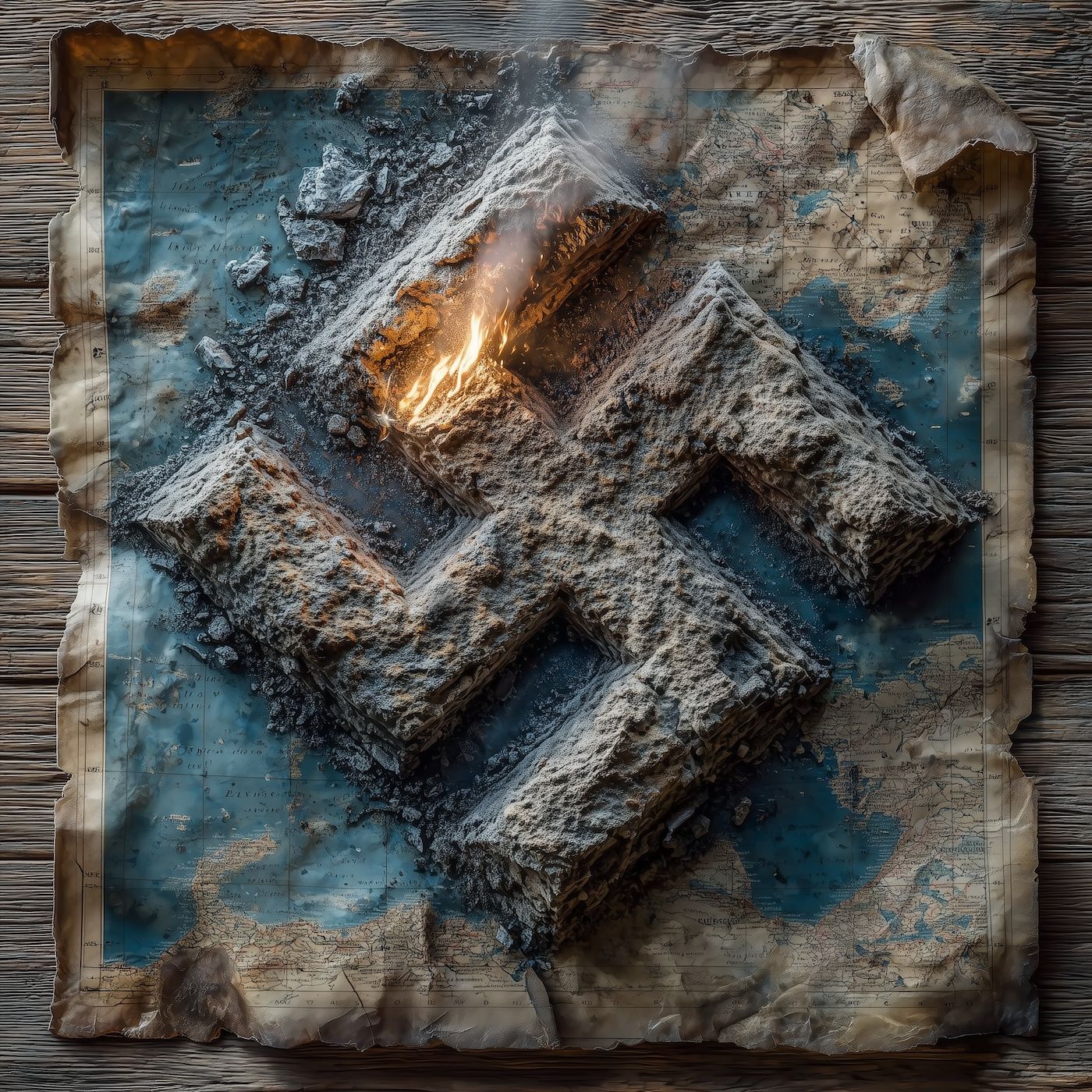

In this episode of Disturbing History, we step into one of the most chilling and enduring mysteries of the twentieth century: what really happened to Adolf Hitler after the fall of Berlin in 1945? Our episode opens in Buenos Aires, 1959. A local dentist sits across from a quiet man calling himself Ricardo Klement — until he recognizes something he can’t ignore. The man’s dental bridgework matches the records from Hitler’s bunker. Could it be possible that the most notorious dictator in history survived the war and escaped to South America? That haunting question has fueled books, investigations, and conspiracy theories for decades — but beneath the rumors lies something even more disturbing: the truth of who Hitler was, how he rose to power, and why his shadow still looms over our world today.In this episode, we retrace his path — from a rejected young art student in Vienna to a war veteran turned political agitator who weaponized hatred and despair.We’ll see how his charisma and cruelty transformed a nation and gave rise to one of history’s darkest regimes.Then, we descend into the chaos of the Third Reich’s final days — the crumbling bunkers beneath Berlin, the delusion of imaginary armies, and the final gunshot that ended Hitler’s reign. But even in death, the uncertainty began. The Soviets hid his remains, witnesses contradicted each other, and Stalin himself claimed Hitler had escaped — planting the seeds of a mystery that still refuses to die.We’ll explore the real escape routes — the Nazi “ratlines” that helped thousands of war criminals flee to South America — and how operations like Paperclip and Cold War politics allowed some of Hitler’s inner circle to slip through justice. We’ll talk about the Nazi hunters who dedicated their lives to tracking them down, and the shocking reality that many never faced accountability at all.This episode doesn’t just ask whether Hitler survived. It asks why we need to believe he might have — why humanity keeps turning him into a myth rather than confronting the horrifying truth of what he actually was: an ordinary man who embodied extraordinary evil.We’ll also look at how the ghosts of that era continue to echo today — in our politics, our culture, and our collective memory — and why the phrase “Never Again” remains both a warning and a challenge. The Shadow of the Swastika isn’t just about one man’s rise or fall. It’s about how easily hate can spread, how fragile civilization can be, and how the past is never as far away as we’d like to believe.
Episode Details
About This Episode
In this episode of Disturbing History, we step into one of the most chilling and enduring mysteries of the twentieth century: what really happened to Adolf Hitler after the fall of Berlin in 1945? Our episode opens in Buenos Aires, 1959. A local dentist sits across from a quiet man calling himself Ricardo Klement — until he recognizes something he can’t ignore. The man’s dental bridgework matches the records from Hitler’s bunker. Could it be possible that the most notorious dictator in history s...